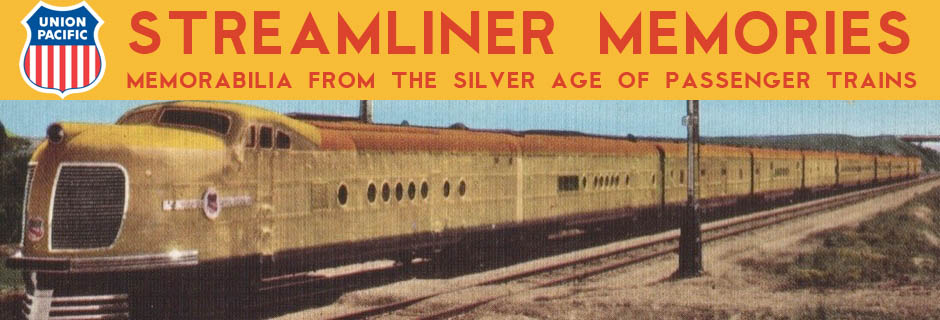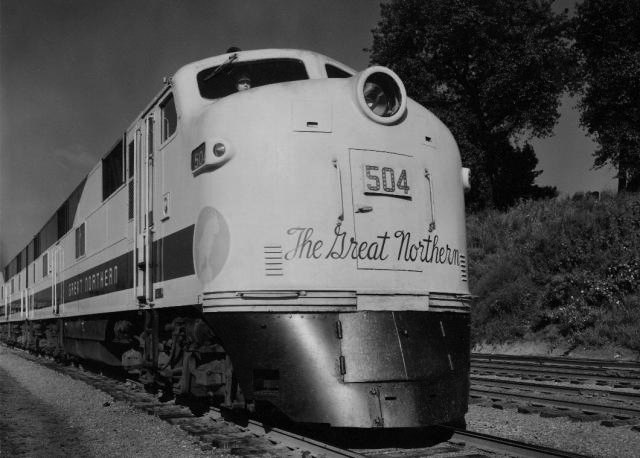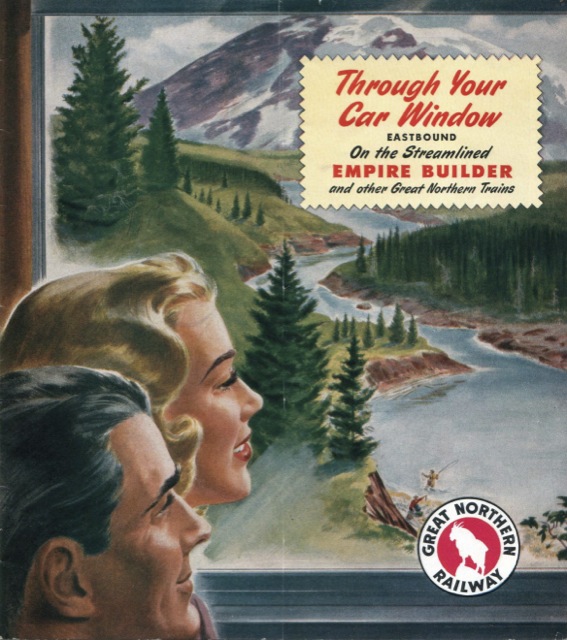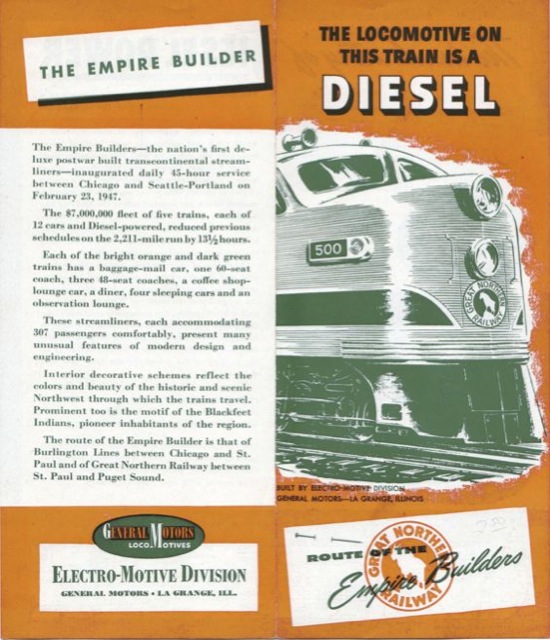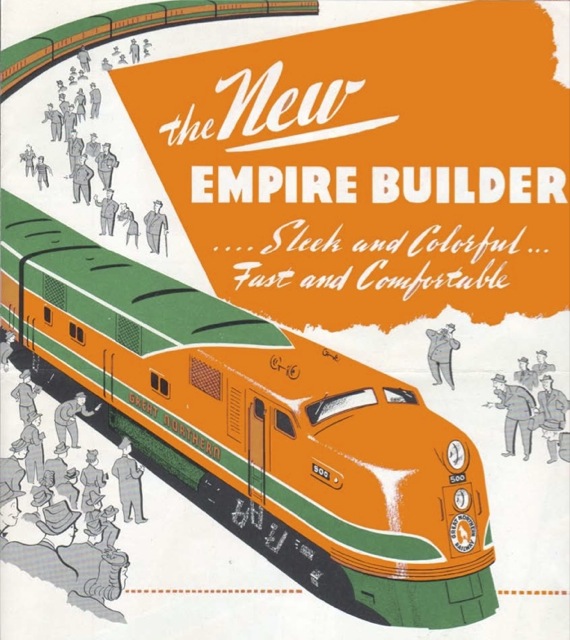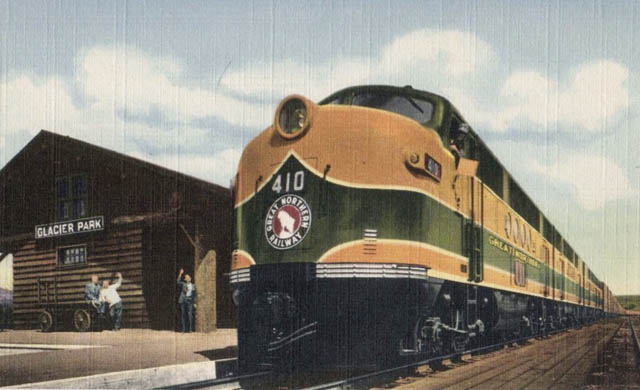The Pere Marquette and Empire Builder may have been the first brand-new streamliners after the war, but the Union Pacific already had streamliners throughout its system. Without buying any new equipment, it (with the help of partners Southern Pacific and Chicago & North Western) managed to scrounge together enough cars to increase the frequency of its City of San Francisco from twice a week to three times a week on October 1, 1946.

At least, the above ad, which says “Now! Three Times a Week,” is dated October 1st. Click the image to download a .8-MB PDF of this mailer, which the Southern Pacific sent to travel agents and other people who might be able to promote the train.
